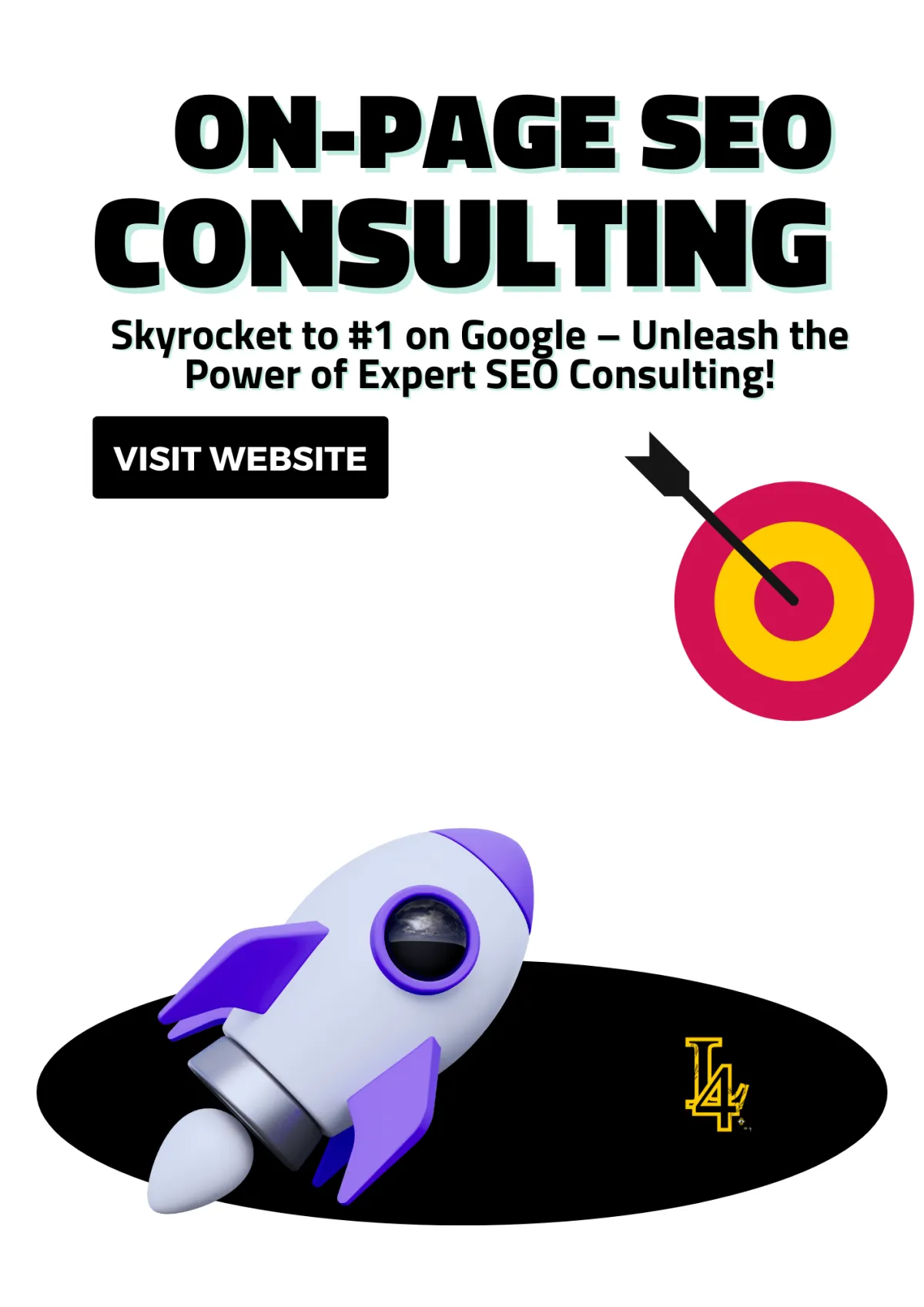
Google Core Updates: What Small Business Owners Need to Know for Their Websites
As a small business owner, understanding Google’s core updates is crucial to keeping your website visible. These updates impact search rankings by assessing content quality, relevance, and reliability. Using tools like SEMrush, Ahrefs, and SpyFu can help you monitor and adjust to these changes, ensuring your site stays competitive. Here’s how core updates work and what you can do to stay ahead.
How Do Google Core Updates Work?
Google core updates are broad changes to how content is ranked in search results. Rather than targeting specific sites, they shift how Google evaluates content overall, prioritizing what it deems most helpful to users. Imagine updating a “best of” list where you add new, high-quality options and remove less relevant ones—this is similar to Google’s approach.
Google aims to deliver the most relevant, authoritative results, so core updates reward sites with clear, accurate information that meets user intent. This means that if your site lacks these qualities, it may drop in rankings, while competitor sites with stronger content may rise.
Why Core Updates Matter for Small Business Websites
For small businesses, each Google update can impact visibility and traffic, which directly affects leads and revenue. Using keyword research tools like SEMrush or SpyFu, you can track how search terms related to your industry perform before and after an update. For example, if a search for “local web design services” changes in ranking, it could indicate a need to update your site’s content for relevance.
Core updates highlight the importance of quality and consistency in your content. Sites with outdated information or keyword stuffing often lose rankings, while sites focused on user-friendly, engaging content tend to fare better.
How to Know if Your Site Was Affected by a Core Update
To see if your website was impacted, check Google Search Console after an update finishes rolling out. Compare site traffic and rankings from before and after the update to identify any drops. If you notice a significant change in key pages or keywords, it may be time to refresh your content.
Look at individual pages, focusing on queries that lost rankings. For instance, if your “Affordable Web Design Packages” page drops from rank 3 to 15, consider updating it with better-targeted keywords or enhanced information to improve relevance.
Best Practices to Improve Your Website After a Core Update
Focus on User Intent: Make sure your content directly answers questions that your customers might ask, such as “What does a small business need to succeed online?” The clearer and more relevant your answers, the better your chances of retaining your rank.
Refresh Outdated Content: Google prioritizes fresh, accurate content, so update older pages with current information. For example, if you offer “SEO services for small businesses,” ensure your content reflects recent trends and Google’s latest guidelines.
Avoid Quick Fixes: Quick changes like adding keywords without context or removing content elements often backfire. Instead, make changes that enhance user experience, such as improving page load speed or updating visuals.
Increase Content Quality: Use SEMrush to identify high-ranking keywords and SpyFu to study competitor content. If a competitor is outperforming your “E-commerce Setup Tips” page, consider adding helpful details like setup guides, examples, or case studies to enhance user value.
Monitoring Future Core Updates with SEO Tools
Regularly use SEO tools like SEMrush or Ahrefs to track keyword performance and competitor content strategies. Keep an eye on the “top pages” feature in Search Console to identify your strongest-performing content. This data helps you understand what’s working well on your site, allowing you to strengthen similar content.
Prepare for updates by following Google’s official Search Central blog and using tools to monitor SERP changes. With a proactive approach, your site will be better positioned to handle core updates without significant disruptions.
Key Takeaways for Small Business Owners
Staying up-to-date on Google’s core updates is essential for maintaining your website’s visibility. Focus on quality content that addresses customer needs, use SEO tools to monitor performance, and avoid quick-fix changes that could harm rankings. By keeping your website relevant and user-friendly, you’ll ensure it remains a valuable asset to your business, regardless of Google’s next update.












